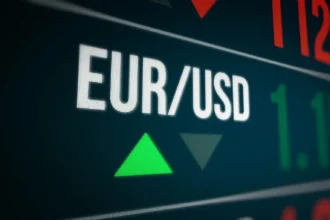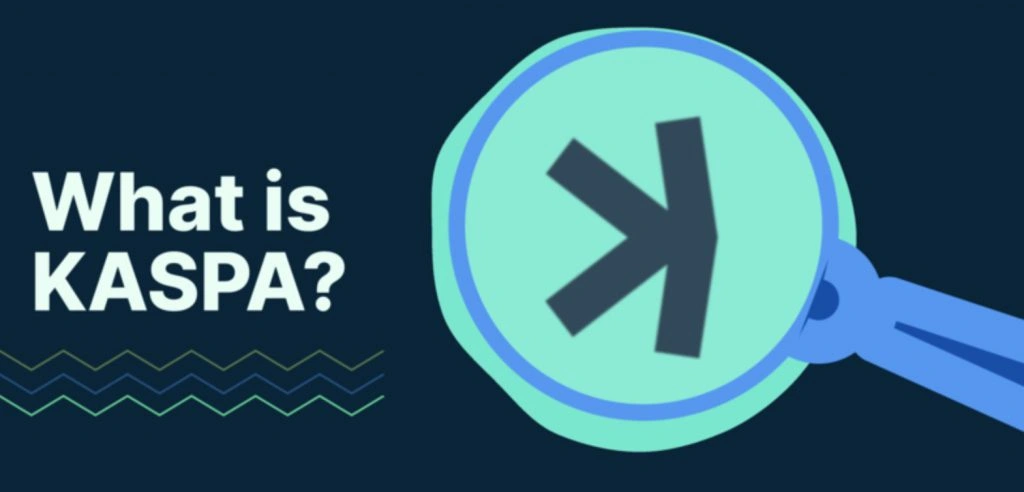What is Kaspa (KAS)?
Kaspa (KAS) is a cutting-edge Layer-1 blockchain designed for speed, security, and scalability. It utilizes a unique blockDAG (block Directed Acyclic Graph) technology, which allows multiple blocks to be added simultaneously, enhancing transaction throughput and efficiency.
Key Features of Kaspa:
- BlockDAG Architecture – Unlike traditional blockchains, Kaspa processes multiple blocks in parallel, reducing confirmation times.
- High Scalability – The network can handle a high number of transactions per second (TPS).
- Decentralization & Security – Uses GHOSTDAG protocol, ensuring fast transactions without sacrificing decentralization.
- Fair Emission Model – No pre-mine or ICO, making it a fair distribution system for users and miners.
- Community-Driven – Fully open-source with active developer participation.
With these features, Kaspa is positioning itself as one of the fastest and most scalable Proof-of-Work (PoW) blockchains in the crypto industry.
Kaspa (KAS) Price Performance Overview
Kaspa has seen significant growth since its inception, gaining traction due to its high-speed transactions and efficient consensus mechanism. Here’s an overview of its recent price movements:
- 2023: KAS gained momentum, trading around $0.01-$0.05.
- 2024: Kaspa saw increased adoption, crossing the $0.10 mark and reaching all-time highs.
- 2025 Forecast: Analysts predict continued growth due to network expansion, increased adoption, and broader crypto market trends.
Kaspa (KAS) Price Prediction for 2025
| Year | Minimum Price | Average Price | Maximum Price |
|---|---|---|---|
| 2025 | $0.20 | $0.35 | $0.50 |
Factors Influencing Kaspa’s Price in 2025:
- Mainstream Adoption – Increased usage in DeFi, payments, and dApps.
- Market Sentiment – Bitcoin halvings and bull market cycles could impact KAS pricing.
- Network Growth – More partnerships, listings, and integrations with major platforms.
- Regulatory Developments – Favorable regulations could boost investor confidence.
Future Trends for Kaspa in 2025
1. Increased Institutional Interest
With its high-speed transactions and energy-efficient PoW system, Kaspa is attracting institutional investors looking for scalable blockchain solutions.
2. DeFi and Smart Contracts Expansion
Kaspa is exploring potential use cases in DeFi (Decentralized Finance) and smart contracts, which could significantly increase its demand and price.
3. Enhanced Security & Scalability
The continuous development of its BlockDAG protocol ensures high scalability without compromising security, making it a strong competitor to traditional PoW blockchains like Bitcoin.
4. Exchange Listings & Liquidity Growth
More CEX (Centralized Exchange) and DEX (Decentralized Exchange) listings will improve liquidity and trading volume, driving up demand.
5. Developer Ecosystem Growth
Kaspa’s open-source nature encourages developers to build applications on the network, fueling its long-term growth.
Key Insights for Investors
- Short-Term: Kaspa may experience volatility due to market fluctuations but has strong technical fundamentals.
- Mid-Term: Increased adoption and ecosystem growth could push KAS to new highs.
- Long-Term: As a scalable and decentralized PoW blockchain, Kaspa holds significant potential for mass adoption.
Is Kaspa (KAS) a Good Investment for 2025?
Given its advanced technology, growing ecosystem, and strong fundamentals, Kaspa presents a compelling investment opportunity. However, investors should conduct their own research and consider market risks.
Frequently Asked Questions (FAQs)
1. What makes Kaspa different from other blockchains?
Kaspa uses BlockDAG technology, allowing faster and more efficient transactions compared to traditional PoW blockchains like Bitcoin.
2. Will Kaspa (KAS) reach $1 in 2025?
While $1 is an ambitious target, Kaspa has strong potential for growth if adoption and market conditions remain favorable.
3. Where can I buy Kaspa (KAS)?
Kaspa is available on various crypto exchanges, including KuCoin, Gate.io, and MEXC.
4. Is Kaspa a Proof-of-Work (PoW) or Proof-of-Stake (PoS) blockchain?
Kaspa is a Proof-of-Work (PoW) blockchain but is more efficient due to its BlockDAG protocol.
5. What is the maximum supply of Kaspa?
Kaspa has a maximum supply of 28.7 billion KAS tokens.
6. Can Kaspa be mined?
Yes, Kaspa supports mining using the kHeavyHash algorithm, making it accessible for GPU miners.
7. What industries can benefit from Kaspa’s technology?
Kaspa’s fast and scalable blockchain can benefit finance, gaming, supply chain, and decentralized applications (dApps).
8. How does Kaspa compare to Bitcoin?
Kaspa is faster and more scalable due to its BlockDAG structure, whereas Bitcoin follows a traditional single-chain PoW model.
9. Does Kaspa have a strong community?
Yes, Kaspa has an active community of developers, miners, and investors contributing to its growth.
10. What are the risks of investing in Kaspa?
As with any cryptocurrency, Kaspa is subject to market volatility, regulatory risks, and technological advancements that may impact its future.
Disclaimer:
This article is for informational purposes only and should not be considered financial or investment advice. Cryptocurrency investments are highly volatile, and readers should conduct their own research before making any financial decisions.



